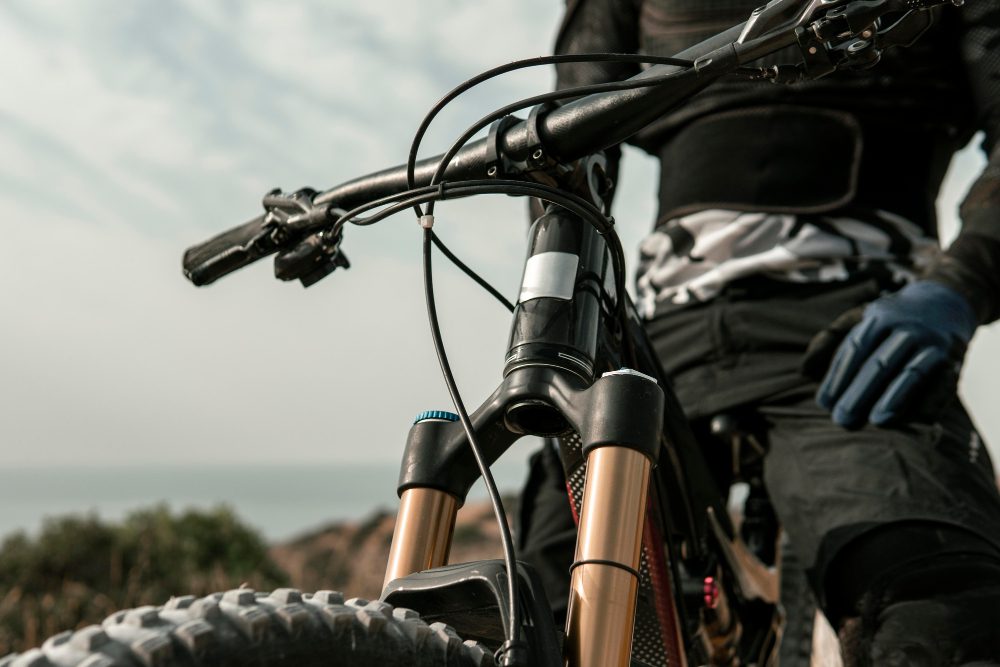Can road bikes go on grass?
A concise response
Yes, road bikes can go on grass, but it is not their ideal terrain. While road bikes are designed for smooth pavements and asphalt, they can handle short distances on grass as long as caution is exercised. However, it is important to consider the potential risks and limitations before taking your road bike off-road.
Elaboration
Road bikes, as their name suggests, are primarily designed for efficient riding on paved roads. Their lightweight frame, narrow tires, and aerodynamic shape make them perfect for speed and agility on smooth surfaces. However, when it comes to rough terrains like grass, road bikes may encounter some challenges.
One of the key factors that make grass a more demanding surface for road bikes is the lack of traction. The narrow tires of road bikes are optimized for low rolling resistance on smooth pavements, which means they offer less grip on uneven or loose surfaces like grass. This can result in reduced stability and control while riding, especially if the grass is wet or muddy.
Moreover, the geometry of road bikes is not well-suited for off-road riding. The aggressive positioning of the rider and the tight clearances between the tires and the frame leave little room for wider, knobbier tires that would provide better traction on grass or other non-paved surfaces. Attempting to ride a road bike on grass could potentially damage the tires or even the frame itself.
That being said, road bikes can handle short distances on grass with some precautions. If you need to cross a grassy patch to access a road or navigate through a park, you can certainly do so while keeping a few things in mind:
- Reduce your speed: Riding at a slower pace will help maintain control and minimize the risk of slipping.
- Maintain a stable body position: Keep your weight balanced and centered over the bike to improve stability.
- Avoid sudden braking or turning: Gradual movements are key to maintaining control and preventing accidents.
- Choose dry grass: Wet or muddy grass can be particularly slippery, so it’s best to avoid riding on such surfaces altogether.
It is worth noting that there are specific bike types designed for off-road riding, such as mountain bikes or cyclocross bikes, that would be more suitable for grassy terrains. These bikes feature wider tires with more aggressive tread patterns, stronger frames, and different geometries to handle the demands of off-road riding. If you plan to frequently ride on grass or other non-paved surfaces, investing in a bike specifically designed for such terrain would be more appropriate.
“Riding a road bike on grass requires caution and careful technique. It can be done for short distances but should not be mistaken for off-road capabilities.” – Cycling Expert
In conclusion, while road bikes are primarily designed for smooth pavements and asphalt, they can handle short distances on grass if necessary. However, it is important to exercise caution, adapt your riding technique, and be aware of their limitations. If you anticipate riding frequently on grass or other challenging terrains, considering a bike designed specifically for off-road riding would provide a safer and more enjoyable experience.


